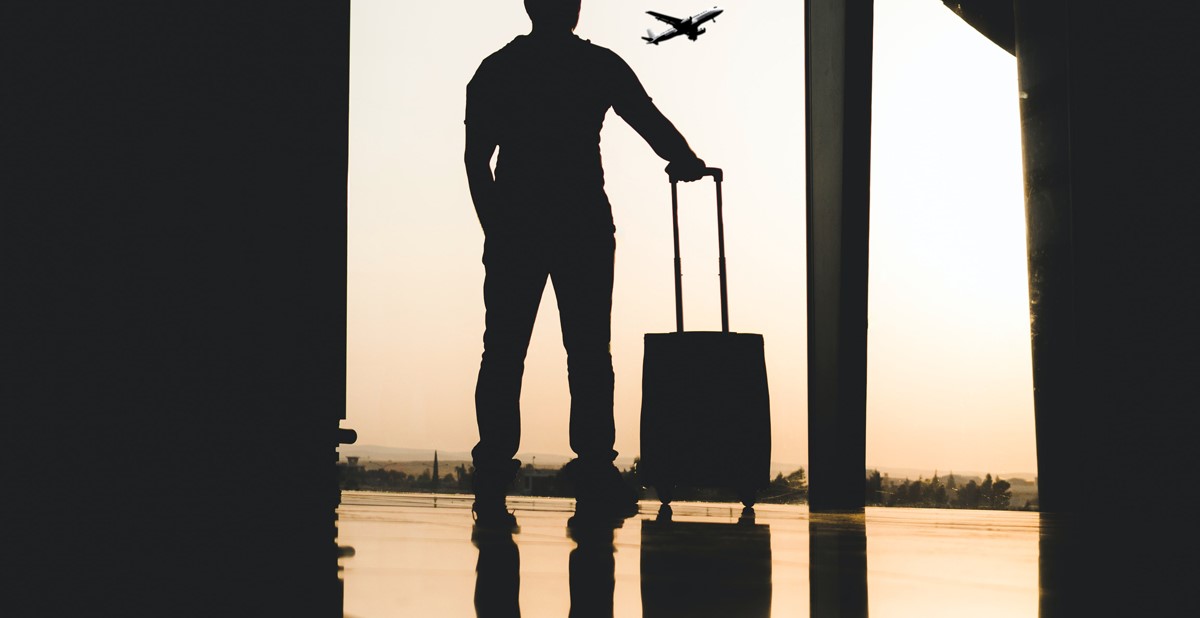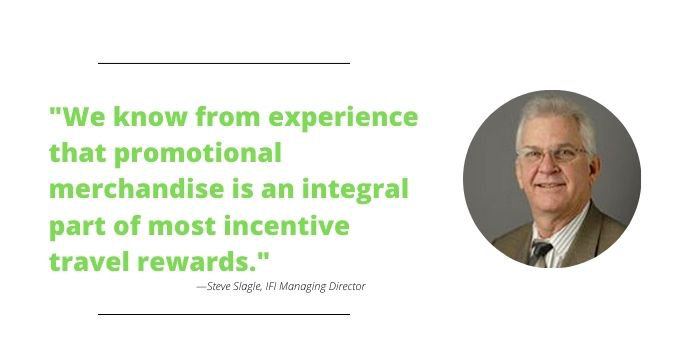Warming Corporate Incentive Travel A Potential Boon For Promo

Incentive travel appears to be rebounding in 2022. The Incentive Research Foundation has published results from its February survey of 180 corporate incentive program owners, meeting planners and third-party incentive providers, finding that most are planning incentive travel programs this year. A welcome trend for the industry, following COVID-led disruptions, as it reenters a changed travel landscape influenced by new practices and preferences two years into the pandemic.
Business Travel’s New Normal: Business travel, for many professionals, is not likely to return just as it was pre-pandemic. At least not for a while.
- An October 2021 survey by Morning Consult found that 39% of frequent pre-pandemic business travelers said they’ll never return to the road.
- In a February 2022 repeat of the survey, that number had grown to 42%.
How the office factors into employees’ lives is changing for many—from continued work-from-home practices to hybrid arrangements—and will also impact travel habits.
- In Morning Consult’s February survey, four in 10 said that they would travel more frequently but at different times of the week, month or year than they did pre-pandemic. They would also mix business and leisure travel together.
- “Bliesure” travel is shaping up to a significant trend in the market and represents opportunities for both incentives and promotional products professionals. Morning Consult found that the share of survey respondents planning on a blended trip was equal to those travelling only for business.
The Promo Perspective: Promotional products are integral parts of any business’s incentive travel program. Branded luggage tags, neck pillows and similar items are mainstays of the road warrior’s kit. A large percentage of promo’s travel market was lost in 2020 and 2021, and the industry’s return to incentive travel is a great sign.

”We know from experience that promotional merchandise is an integral part of most incentive travel rewards, whether they be individual trips or group travel,” says Steve Slagel, managing director of the Incentive Federation and a former president and CEO at PPAI. “Some obvious examples include luggage, travel kits, tote bags, apparel, food and beverage, eyewear, or toiletry packs with lip balm, lotion etc., most of which are decorated with an employer's or sponsor's logos and travel themes.
“With the optimism indicated in the IRF’s survey noting the return of incentive travel as a prime choice to reward sales team, employees and clients, I believe the opportunities for promotional products professionals will increase in correlation with the increase in trips and travel rewards. Merchandise complements and reinforces the travel sponsors' recognition of productivity and loyalty and brings added value to the recipients. The ‘return’ of incentive travel in 2022 should result in increased sales for professionals who are alert to their clients' recognition and rewards programs.”
Incentive Travel In 2022: The pandemic continues to loom large in incentive travel, regardless of the more welcome attitude, and the IRF applauds incentive professionals’ ability to “pivot” in the face of the challenges as they move forward with their travel programs.
- Health and safety protocols and considerations remain significant factors in travel planning and decision-making. COVID variants and travel restrictions have led to a high rate of change in program dates and locations.
Embracing Change: Incentive travel professionals began 2022 optimistic about the year ahead. The IRF’s survey found that 86.5% were planning incentive travel programs for the first half of the year; 50% planned international programs for Q1 and Q2 of 2022.
By Q2, incentive pros were reporting high levels of change in their programs. The IRF’s survey found that 58% had made some sort of program change.
- Among those that change their incentive travel locations, 80% were making a change from international to domestic.
- Most who shifted dates in Q2 were looking for dates also in second quarter.
- Hotels, for the most part, worked with those that changed dates in regard to cancellation fees and deposits.
Approximately one-third of respondents (34%) increased their program budgets in Q2. Those increases primarily covered:
- Increased hotel costs
- Health and safety costs
- Rising air travel costs
Contributing Factors: In deciding to move forward with incentive travel programs, the IRF survey found that leadership approval is the No.1 deciding factor within organizations.
- They survey also revealed attendee sentiment and health and safety policies to follow closely behind in second place.
The IRF also reports that vaccine mandates would be not slow incentive travel acceptance much. Its survey found that 43% would be more likely to travel by air if airlines required vaccines, 20% were less likely and decision-making by the remaining 37% would be unaffected.

